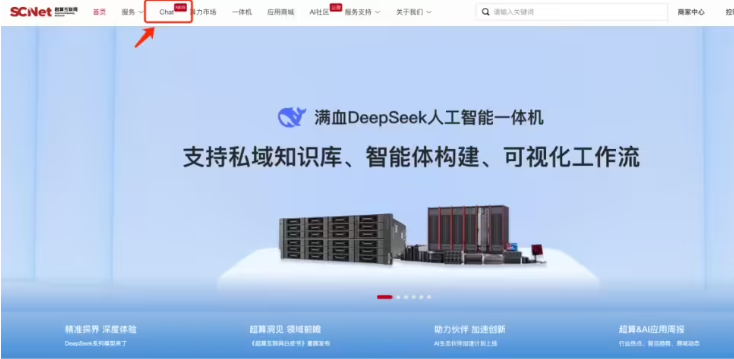A significant technological breakthrough in the field of earthquake monitoring and analysis was officially announced on January 17 at the National Supercomputing Center in Chengdu. The world's first large-scale seismic wave model with over 100 million parameters — the "Diting" model — has launched its third-phase testing version. This model was jointly developed by the National Supercomputing Center in Chengdu, the Geophysical Research Institute of the China Earthquake Administration, and Tsinghua University, marking a leap forward in China's earthquake research technology.

The development goal of the "Diting" model is to enhance the accuracy of earthquake signal recognition and monitoring capabilities, especially in processing complex seismic waveform data, providing more efficient and accurate analyses. It is reported that the model has been successfully applied to process data from a 6.8 magnitude earthquake in the Dingri area of Tibet, automatically identifying 452 pre-quake events and 429 aftershocks within 27 hours post-event. This success not only validates the model's effectiveness but also provides new technological means for future earthquake monitoring.
Looking ahead, the "Diting" model will open its fine-tuning and inference framework in 2025, along with a supporting data processing workflow. At that time, users will be able to directly use this tool on the supercomputing platform for business analysis and scientific research. In the short term, the model's applications will focus on earthquake signal recognition, monitoring seismic activities, and rapid response to major earthquakes. In the long run, seismology, as an observational science, relies heavily on a deep understanding and analysis of observational data.
This advancement is not only significant for scientific researchers but will also greatly enhance the public's ability to receive earthquake activity warnings. As the model continues to improve, it is expected to provide stronger support for earthquake prediction and disaster prevention and mitigation efforts in the future.










